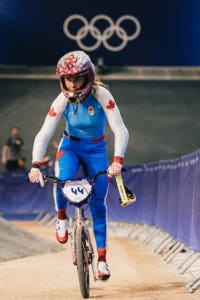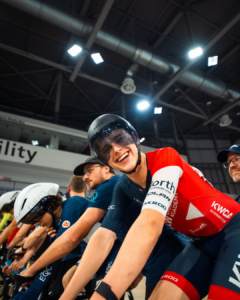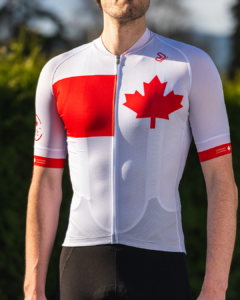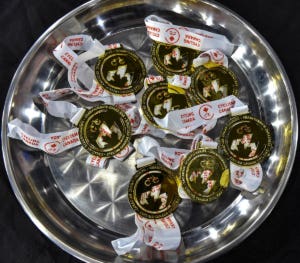CAN STRENGTH TRAINING INFLUENCE CYCLING PEDALING TECHNIQUE?
By Stephen McMullan, Strength & Conditioning Coach at the Canadian Sport Institute Ontario & with the Canadian National Track Program
In many sports, technique is closely linked to performance with cycling being no different. Improving the interaction between the cyclist and their bicycle is of significant value to any rider and there are multiple ways to enhance this relationship. The skill of pedaling involves co-ordinated extension and flexion of the hip, knee, and ankle joints. These joint movements allow for effective torque production during the pedal stroke in order to overcome the resistance of the bicycle gear. Torque is the term used to describe rotational force applied to the pedal by the foot.
Pedaling can be broken down into two main phases. The first 180 degrees of the pedal stroke is known as the propulsive phase which occurs from 12 o’clock to 6 o’clock of the crank, followed by the recovery phase which is the second 180 degrees of the pedal stroke, which occurs from 6 o’clock to 12 o’clock. With peak torque occurring during the propulsive phase, this downward pushing action is an area of importance for cycling performance.
We all know strength training is a modality widely used by cyclists but the question remains, what effect can strength training have on pedaling technique? RØnnestad and colleagues of Lillehammer University College in Norway completed a 25-week study investigating the effects of combined strength and endurance training. Comparison was made to an endurance-only training group. The study was conducted during the off-season and pre-season of the elite road cyclists’ calendar.
The endurance training for both groups involved spending time cycling at various heart rate (HR) zones (60-100%HRmax). There was no significant difference in the training intensity and volume between groups, although the endurance training group spent slightly more time at the lower HR zones (60-83%HRmax), balancing the additional strength training volume of the combined training group. One of the variables analyzed included the crank angle where peak torque occurs. Measured before and after the 25-week training plan, peak torque angle was recorded during a 3-minute period of the blood lactate profile. The intensity of this testing period corresponded to an average power output of 4.3 watts per kilogram of bodyweight. Combined strength and endurance training significantly improved the crank peak torque angle by 3.5%, indicating that peak torque occurred earlier [-3 degrees] in the pedal stroke. In comparison, no changes occurred for endurance-only training.
RØnnestad and coworkers further demonstrated a relationship between the changes in peak torque angle and power output improvement in time trial performance. Earlier peak torque production significantly influenced the increases in average power output during a 40-minute time trial. The combined training group increased maximum strength by 20% over 25 weeks of training. As expected, the endurance training group had no change in maximum strength. The only significant training difference between the groups was the inclusion of strength training, twice per week.
In the absence of cycling based pedaling exercises, strength training can positively influence pedaling technique. Increased strength levels improve the rate that torque is applied to the pedal, reducing the time it takes to reach the required peak torque to maintain a high average power output. These pedaling technique adaptations lead to a more efficient and effective propulsive phase and may allow the cyclist to get their wheel ahead of the opposition when it matters most during a race.









